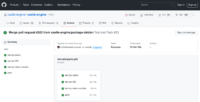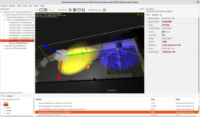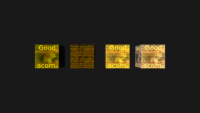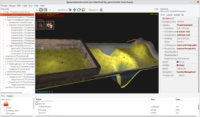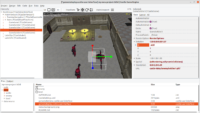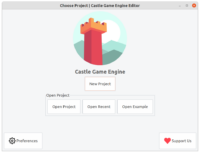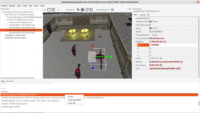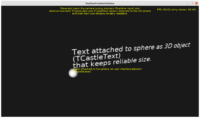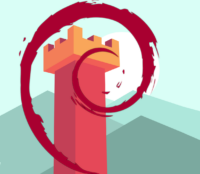 |
Debian is a popular Linux distribution, also serving as a base for other Debian-based distributions like Ubuntu. You can now easily create a Debian package, .deb file, from any game!
- From Castle Game Engine Editor use menu option Run -> Package Format -> Debian Package (DEB) and then Run -> Package.
-
Or use command-line build tool with
--package-format=deboption. The full command may look like this:1castle-engine package --package-format=deb --fast
To install the resulting package using command-line you can execute sudo apt install ./xxx.deb. Once installed, you can see it in all applications listing currently-installed packages (like Synaptic). You can remove the package using e.g. Synaptic or just sudo apt purge xxx.
While it will work out-of-the-box, to have a really good package you should make sure you filled some information in the project manifest:
-
Be sure to specify the project
author -
Specify an icon, in XPM or PNG formats.
-
Specify sections, categories and comment to have the package and application look best.
This feature was mostly developed by Eugene Loza (thousand thanks!) with some additions from Michalis. It’s not a secret that we’re both using Debian OS as the main operating system and as such most of CGE was probably created on Debian or Debian-derivatives 🙂 So we’re very happy with this integration.

